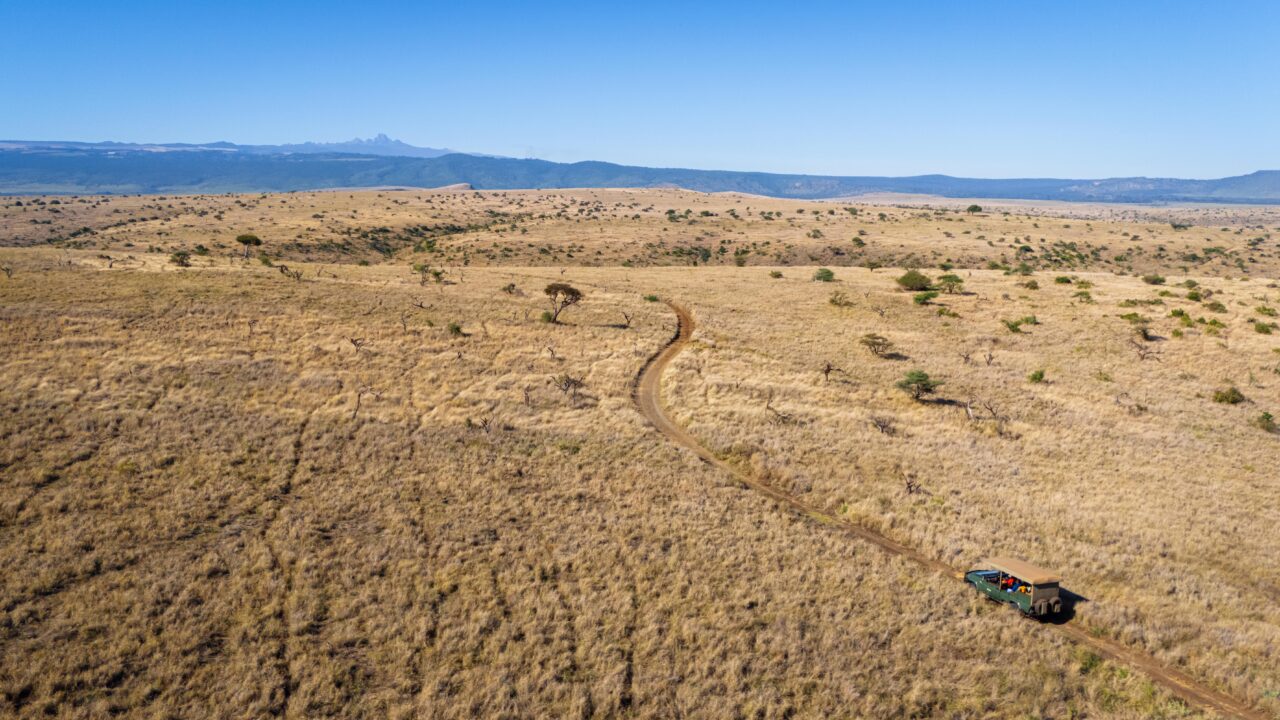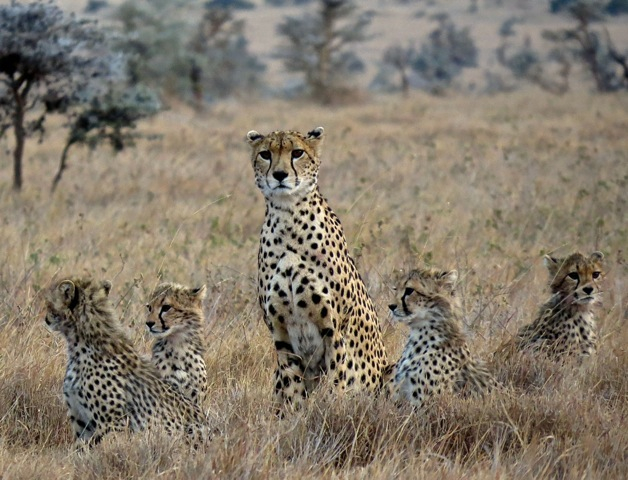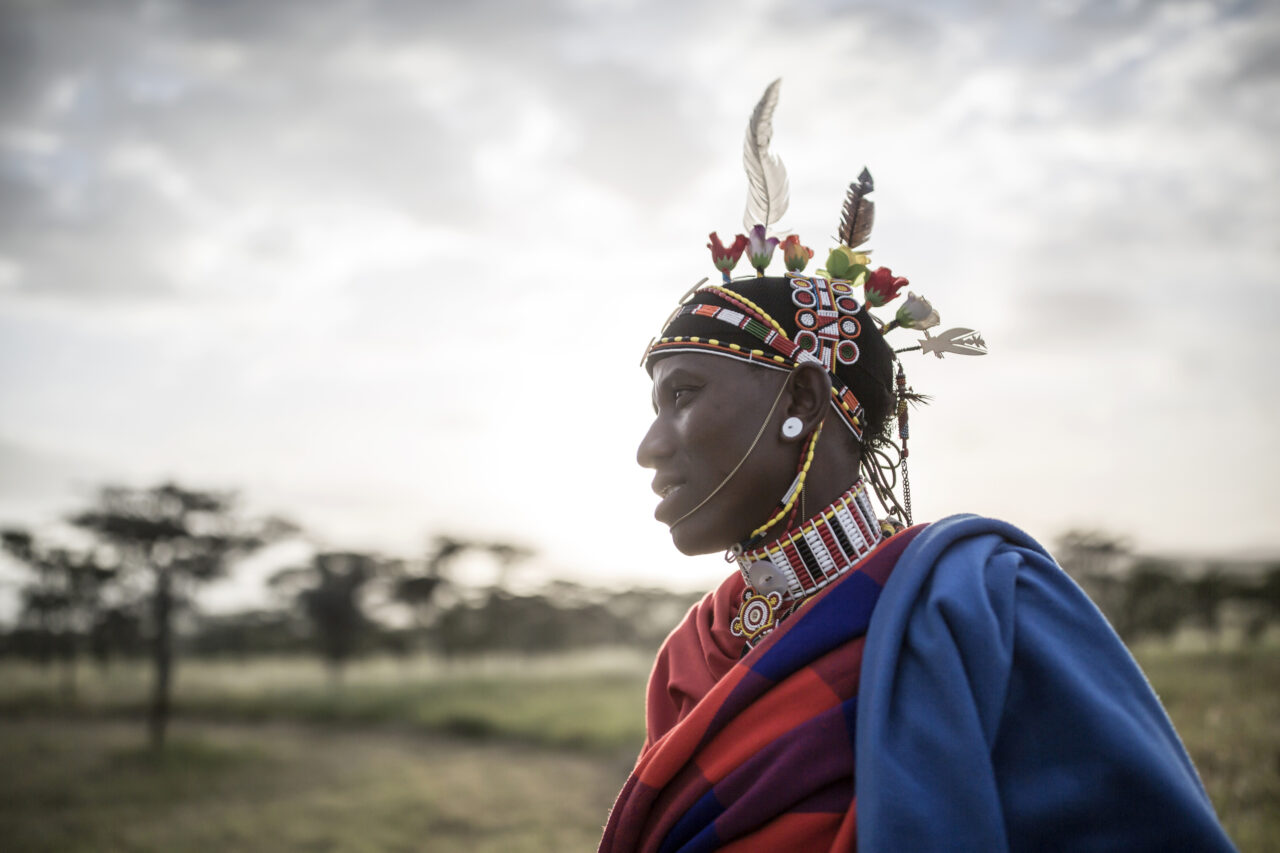
Lewa World Heritage Site
Lewa Wildlife Conservancy is part of the UNESCO Mt. Kenya World Heritage Site, a Man & Biosphere Reserve, green listed by the IUCN, and recognised as a Key Biodiversity Area, for excellence in protected area management.
In response to the devastating rhino poaching crisis of the 1970s and 80s, renowned conservationist Anna Merz established the Ngare Sergoi Rhino Sanctuary in 1984. What began as a bold effort to protect a species on the brink would, by 1995, evolve into the Lewa Wildlife Conservancy, a 62,000-acre haven for wildlife. Today, Lewa is home to 12% of Kenya’s black rhino population and hosts the world’s largest wild population of the endangered Grevy’s zebra. Beyond safeguarding critical species, Lewa is a model for people-centred conservation, driven by an inclusive, participatory approach that delivers sustainable, shared benefits for both wildlife and local communities.

The Mount Kenya Region
Sirikoi is on the slopes of Mount Kenya, the second highest peak in Africa, 5,199 metres (17,057 feet) one of the most impressive mountains in the world. Covered by an ice cap for thousands of years (11 small glaciers remain today), its forested slopes are an important source of water for much of Kenya and of course of the region. Mount Kenya is very visible from Sirikoi and offers an inspiring backdrop view for all our activities. The mountain, sacred to many local communities, is a constant source of awe and beauty for us and our guests.
Destination
Why Kenya
Africa is a large and diverse continent, made up of 54 countries, with diverse habitats, cultures and languages. In this amazing continent, Kenya has always played a special role, especially in the history itself of conservation and tourism. Many know that the word “safari” is a Kiswahili (the lingua franca of Kenya) term. It means to go on a long, adventurous journey, often into the “unknown”, searching for new sights and new routes. The first commercial safaris were born in Kenya soon after 1900 and they were hunting expeditions, which later became only photographic (hunting was finally banned in Kenya in 1977). But after inventing the safaris, Kenya has re-invented it, making it – especially in the last 20 years – a powerful tool for the conservation of the land, the protection of the wildlife and the advancement of the people. Many Kenya safaris happen on land owned by the local communities, and the tourism industry has learned to empower the people on the ground, creating new partnerships and sophisticated strategies that are now studied all over the world.
Kenya has the three ingredients that make an African safari an unforgettable journey of discovery:

the very abundant wildlife all year-round,

the inspiring landscapes pictured in many films, novels and documentaries

the culture of its tribal communities, proud of a heritage that they are happy to share with visitors.
The warmth of the people makes everybody feel welcome. The diversity of the experiences (the savannah, the white-sand beaches, the urban vibe of Nairobi, the rural and farming areas, the mountains, the deserts of the North) makes every day different. As we say: Karibuni Kenya, welcome to Kenya.


